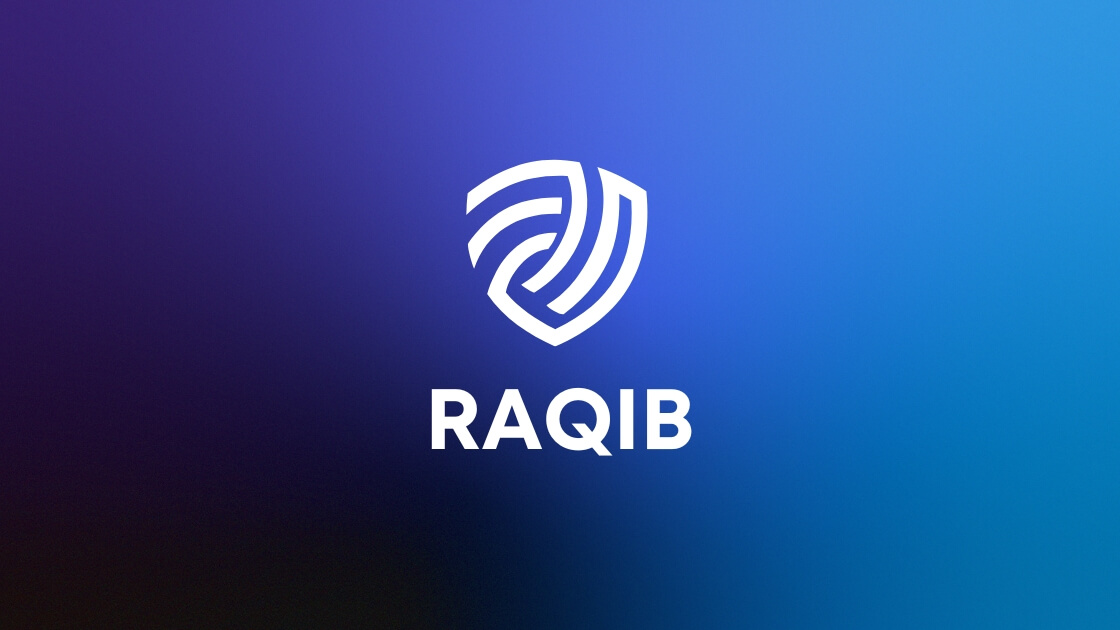Beyond Firewalls: Innovative Tools for Enhancing Cybersecurity

As cyber threats become increasingly sophisticated, relying solely on traditional firewalls is no longer sufficient. Organizations must adopt a multi-faceted approach to protect their sensitive data and maintain the integrity of their networks. This article explores innovative tools and strategies that go beyond firewalls to enhance cybersecurity.
The Limitations of Traditional Firewalls
Firewalls serve as the first line of defense by blocking unauthorized access to networks. However, they have several limitations:
- Static Defense: Traditional firewalls operate on predefined rules, making them less effective against new or evolving threats.
- Insider Threats: Firewalls are primarily designed to block external attacks, providing little protection against threats from within the organization.
- Complexity and Maintenance: Configuring and maintaining firewalls can be complex and time-consuming, often leading to misconfigurations that cybercriminals can exploit.
Next-Generation Firewalls (NGFW)
While traditional firewalls focus on packet filtering, NGFWs provide advanced capabilities:
- Deep Packet Inspection (DPI): NGFWs analyze data packets in detail to detect and block sophisticated threats.
- Application Awareness: These tools can identify and control applications, regardless of port or protocol, enhancing security by preventing unauthorized software from running.
- Integrated Intrusion Prevention Systems (IPS): NGFWs often include IPS features to detect and prevent attacks in real time.
Zero Trust Architecture
Zero Trust is a security framework that assumes no implicit trust, whether inside or outside the organization's network:
- Identity Verification: Every user and device must authenticate and be authorized before gaining access to resources.
- Least Privilege Access: Users are granted the minimum level of access necessary to perform their tasks, reducing the risk of insider threats.
- Micro-Segmentation: Networks are divided into smaller, isolated segments, limiting the lateral movement of attackers.
Endpoint Detection and Response (EDR)
EDR tools provide continuous monitoring and threat detection on endpoints:
- Behavioral Analysis: By analyzing the behavior of applications and users, EDR can identify anomalies that may indicate a security breach.
- Automated Response: EDR systems can automatically respond to threats by isolating affected endpoints, stopping malicious processes, or alerting security teams.
- Forensic Capabilities: These tools offer detailed insights into security incidents, aiding in investigation and response efforts.
Artificial Intelligence and Machine Learning
AI and ML are revolutionizing cybersecurity with their ability to analyze vast amounts of data and detect patterns:
- Threat Intelligence: AI can process and analyze threat intelligence data from various sources, providing real-time insights into emerging threats.
- Anomaly Detection: Machine learning algorithms can identify unusual patterns that may indicate a cyberattack, such as deviations in network traffic or user behavior.
- Predictive Analysis: AI-driven tools can predict potential vulnerabilities and suggest proactive measures to mitigate them.
Security Information and Event Management (SIEM)
SIEM systems collect and analyze security data from across an organization's IT infrastructure:
- Real-Time Monitoring: SIEM provides real-time monitoring and alerts for security incidents, enabling faster response times.
- Centralized Logging: By aggregating logs from various sources, SIEM offers a holistic view of the security landscape.
- Compliance and Reporting: These tools help organizations comply with regulatory requirements by providing detailed reports and audit trails.
In the ever-evolving landscape of cyber threats, relying on firewalls alone is not enough. Organizations must implement a comprehensive cybersecurity strategy that incorporates advanced tools like NGFWs, Zero Trust Architecture, EDR, AI, and SIEM. By leveraging these innovative technologies, businesses can enhance their defenses, protect sensitive data, and maintain the trust of their customers and stakeholders. As cyber threats continue to grow in complexity, staying ahead requires constant vigilance and adaptation.